Why Are Plants Not Growing Well in My Hydroponic System?

Many friends often ask me: “I followed the manual exactly when setting up my hydroponic system and lights, so why aren’t my plants growing well?” I’ve seen this situation countless times. The truth is, poor harvests usually come down to two main factors: nutrient concentration and seed quality. For example, if you only mix nutrients strictly according to the manual, your plants will survive, but they won’t reach their full potential. To really maximise growth, you need to adjust the nutrient concentration according to each growth stage. Take basil as an example: during germination, the recommended EC value is around 800 μS/cm, while in the vegetative growth stage, it should increase to about 1200 μS/cm. For fruiting crops like tomatoes or cucumbers, the demand becomes much higher—during the fruiting stage, EC values often need to exceed 3000 μS/cm to support proper development.
Why an Accurate EC Meter Matters

So how can you really know whether your nutrient levels are correct? The most common way is to use an EC meter. You can easily find inexpensive pens on Amazon or Walmart, but I have to warn you: cheap devices usually come with two big issues—either the readings are inaccurate, or the probe wears out very quickly. For a meter to be reliable in the long run, the probe design is critical. It needs to be made with multi-layer electroplating to prevent corrosion from the nutrient solution. Don’t underestimate this detail—if your EC readings are off, the results can be worse than not checking at all. When the EC is too low, plants may still survive, but when it’s too high, the roots will almost certainly die.
Professional EC Tools vs. Smart EC Meter Solutions

When it comes to choosing an EC meter, I’ve tried quite a few myself. Brands like Bluelab are widely recognised as professional-grade tools, and their accuracy is excellent—many growers even treat them as the industry benchmark. But the downside is the price: a single Bluelab meter usually costs over $100, which can be hard to justify for home growers. That’s why I started looking into more practical options, such as the LetPot Smart Meter. After running multiple side-by-side tests, I found that the readings from LetPot were within just a few points of Bluelab’s—basically negligible for everyday use. The difference in price, however, is significant—LetPot costs about half as much. What I also love is its mobile app integration. It automatically logs your data and even lets you set custom thresholds. My favourite feature is the alert system: when the EC drops too low, I instantly get a notification on my phone so I can add nutrients right away. For beginners, it’s even more convenient—the app allows you to simply select the plant you’re growing, and it will recommend the right EC range for you.
Why Water Temperature Matters in EC Readings
Besides the EC value itself, water temperature is another factor that many growers tend to overlook. A lot of people only check whether a device can measure EC, without realising how much temperature can affect the accuracy of those readings. In reality, the activity of ions in the water changes with temperature. If your meter doesn’t have a temperature compensation function, the numbers on the screen might look fine, but the actual EC can be far off. I’ve personally run into this issue before: the same nutrient solution measured correctly at 25 °C, but once the water warmed up to 30 °C, the difference was big enough to throw off my entire feeding plan. Because of this, I now have a hard rule when choosing a device—it must include water temperature detection. Both Bluelab and LetPot meters come with built-in temperature sensors, which ensure accurate readings under different conditions. If you want consistent results in your hydroponic system, this is not a feature you can skip.
Do You Really Need pH Testing?
Many beginners ask me whether it’s necessary to measure the pH in a hydroponic system. My answer is: it depends. If you know exactly what kind of water you’re using—for example, distilled or purified water—the pH is usually close to neutral, and in most cases, you don’t need to worry about it. But if you’re using tap water, well water, or water from an unknown source, then pH testing becomes more important. The simplest option is to use pH test strips; they cost just a few dollars and get the job done without requiring an expensive meter. The catch is that if the reading shows the water is too acidic or too alkaline, you’ll need to adjust it with acids or bases, which can feel overwhelming for beginners. That’s why I usually recommend keeping things simple: just start with a neutral water source, and you can avoid most of these headaches while focusing on the more critical factors like nutrients and lighting.
A Simplified Hydroponics Growing Guide for Beginners

If you’re just starting out with hydroponics, there’s no need to make things complicated from day one. From my own experience, success mostly comes down to focusing on three core factors. The first is light—most desktop hydroponic systems already come with grow lights, so you just need to make sure your plants get a consistent daily light cycle. The second is nutrient concentration, which is often the deciding factor for yield. As I mentioned earlier, having an accurate EC meter will save you a lot of trial and error. The third is oxygen supply. The water pump in your system isn’t just there to move water—it also helps increase dissolved oxygen for the roots, and this is something beginners often overlook. As for extras like pH adjustments or additives, you can explore those later once you’ve built some confidence. For newcomers, the simpler the setup, the higher the chance of success. And once you stabilise these three basics—light, nutrients, and oxygen—you’ll quickly notice a big improvement in plant growth and harvests.
Unlocking the Full Potential of Your Hydroponic Harvests

In the end, getting better results from a hydroponic system doesn’t mean you need to master every advanced technique right away. From my experience, focusing on just a few essentials—light, nutrient concentration, and oxygen supply—is enough to give your plants a solid foundation. As you gain more experience, you can experiment with things like pH adjustments or custom nutrient formulas, but for most growers, these aren’t the main factors that determine success. What really makes the biggest difference is being able to measure and control nutrient levels accurately. Some beginners rely on visual cues, like checking leaf colour, but that can easily lead to mistakes—yellowing leaves, for example, might be caused by poor lighting rather than nutrient issues. That’s why I personally recommend using a smart EC meter with continuous monitoring. It saves the hassle of cleaning probes all the time and gives you accurate alerts before problems escalate. My go-to device right now is the LetPot Smart Meter: it’s precise, automatically records data in the app, and sends instant notifications when nutrient levels drop. With tools like this, plus attention to the three core factors, you’ll be able to unlock the full potential of your hydroponic harvests.
Further Reading
A&B Hydroponic System Nutrient Solution for Plant Food
Is Plant Food the Same as Fertilizer?
Compare indoor and outdoor hydroponics : The Allure of Indoor Gardens
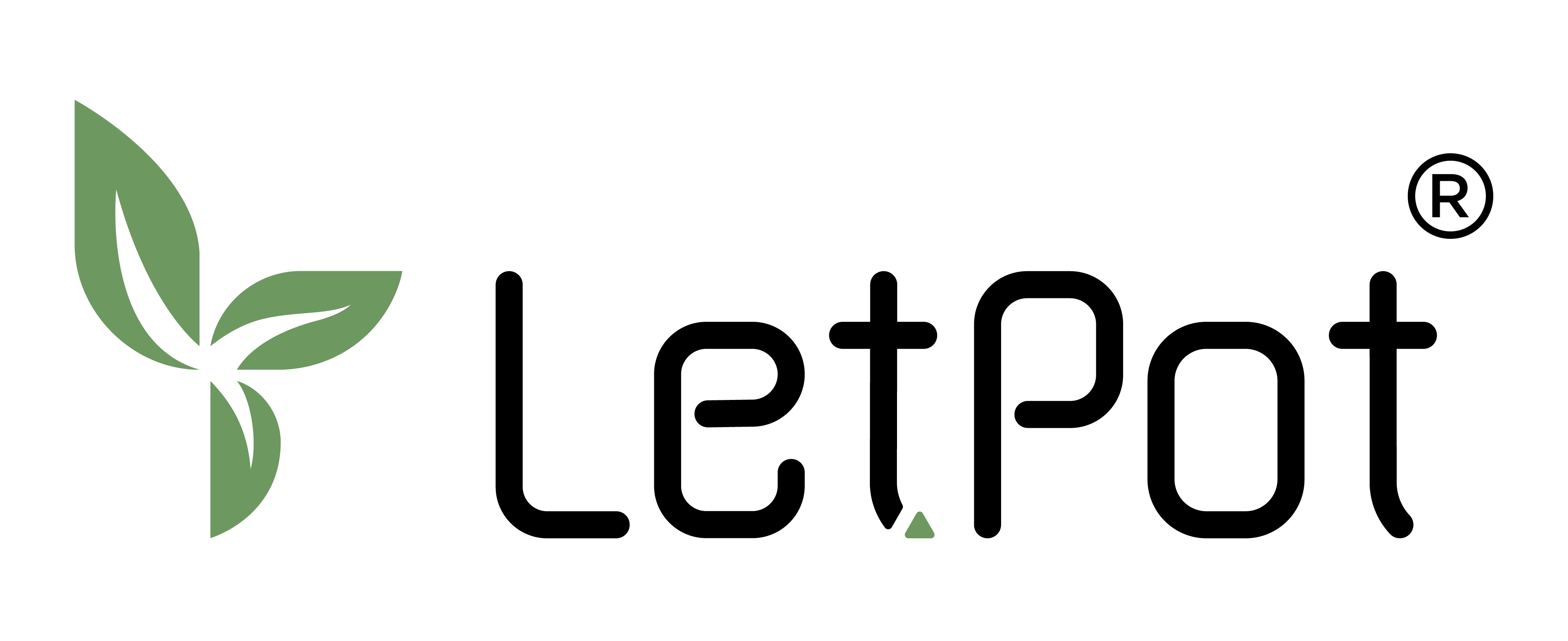
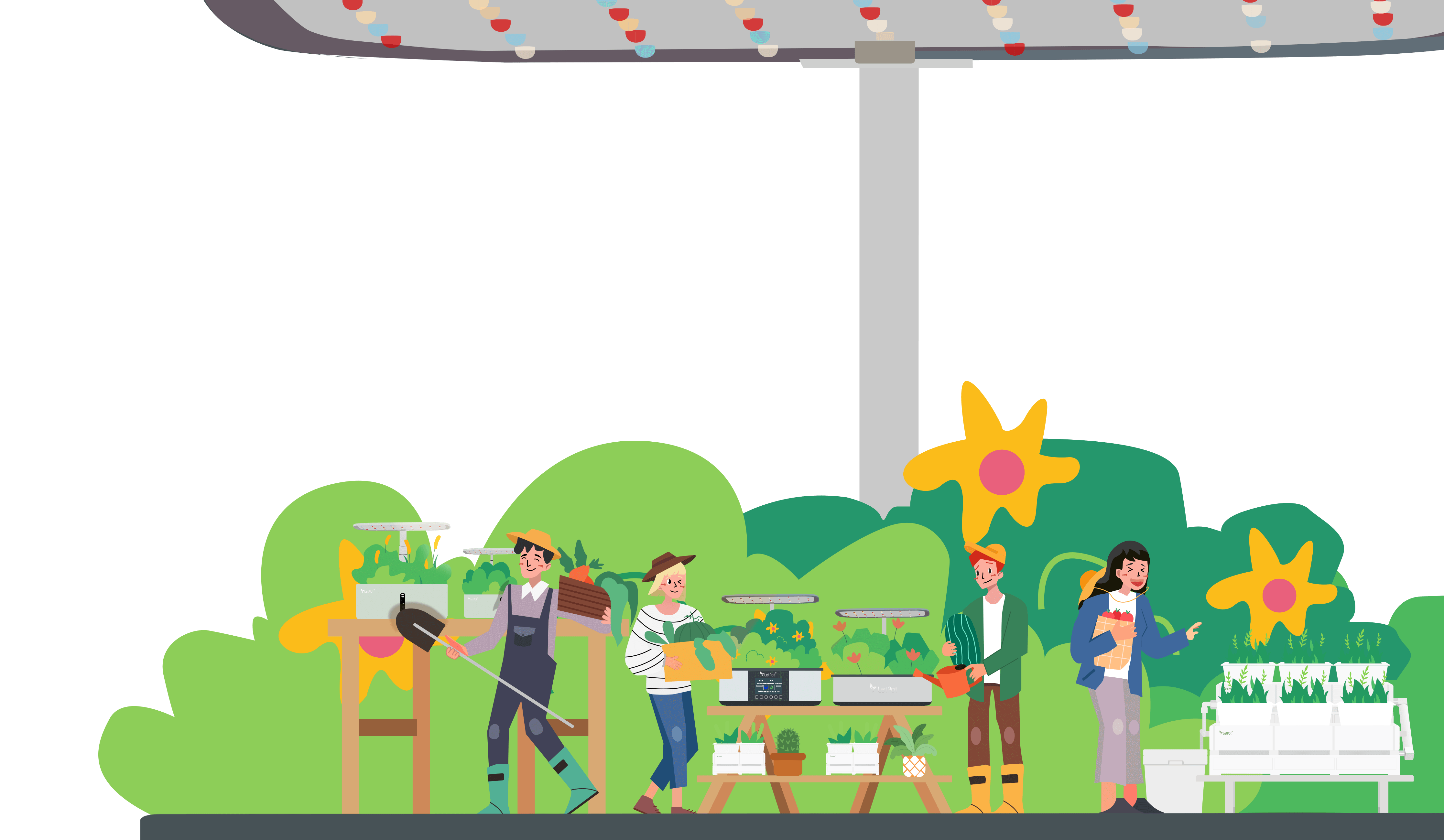
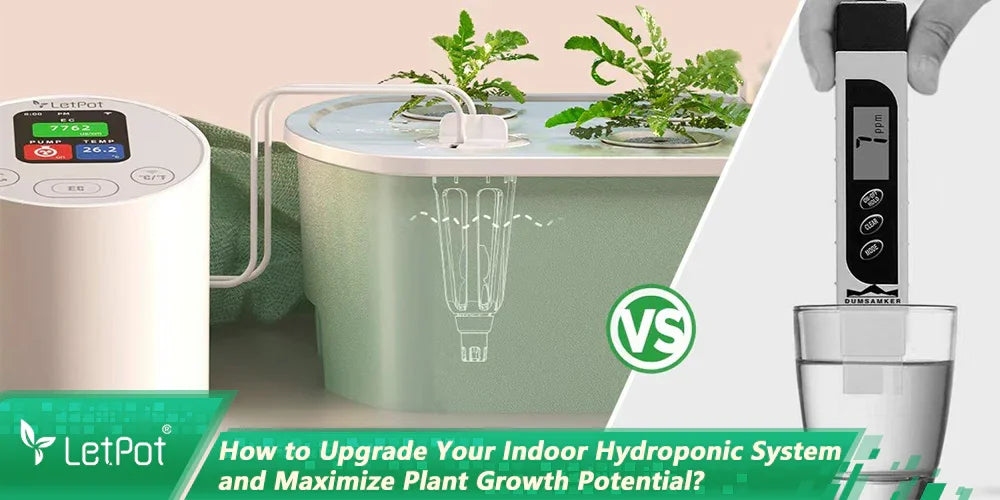
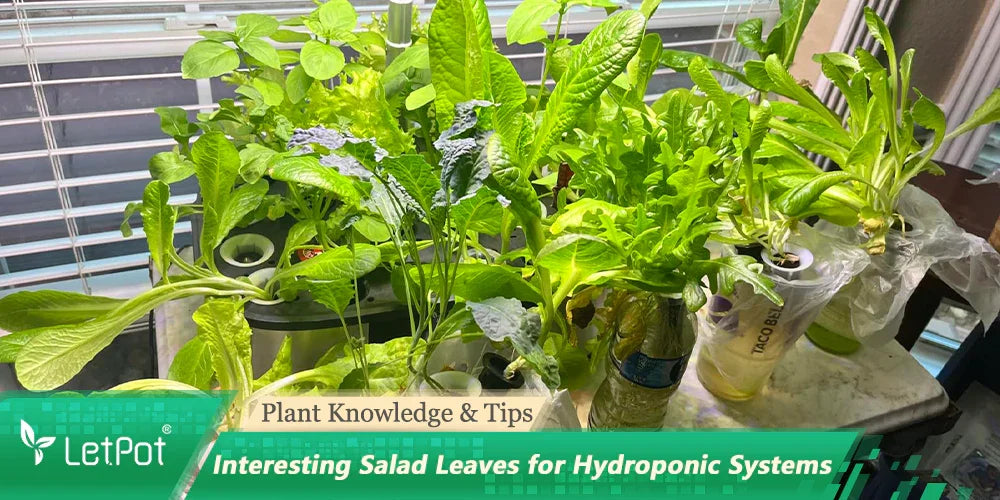
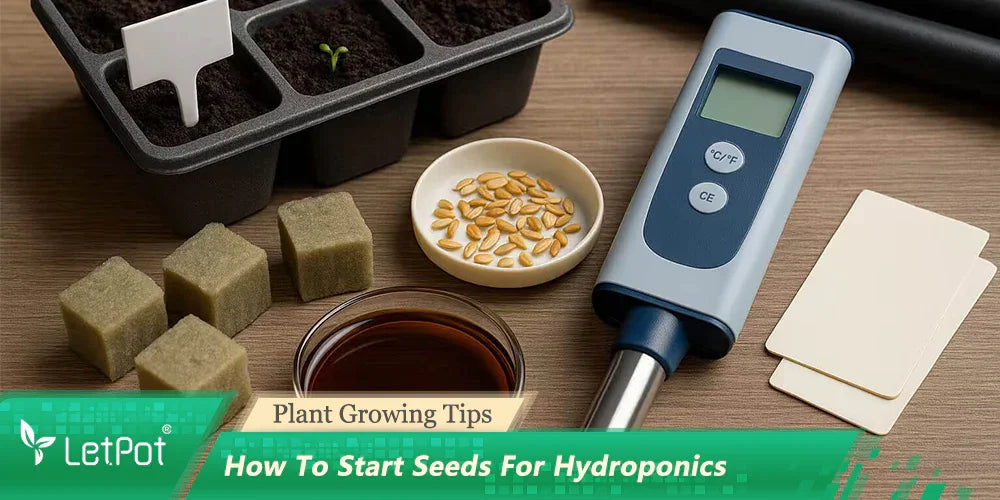
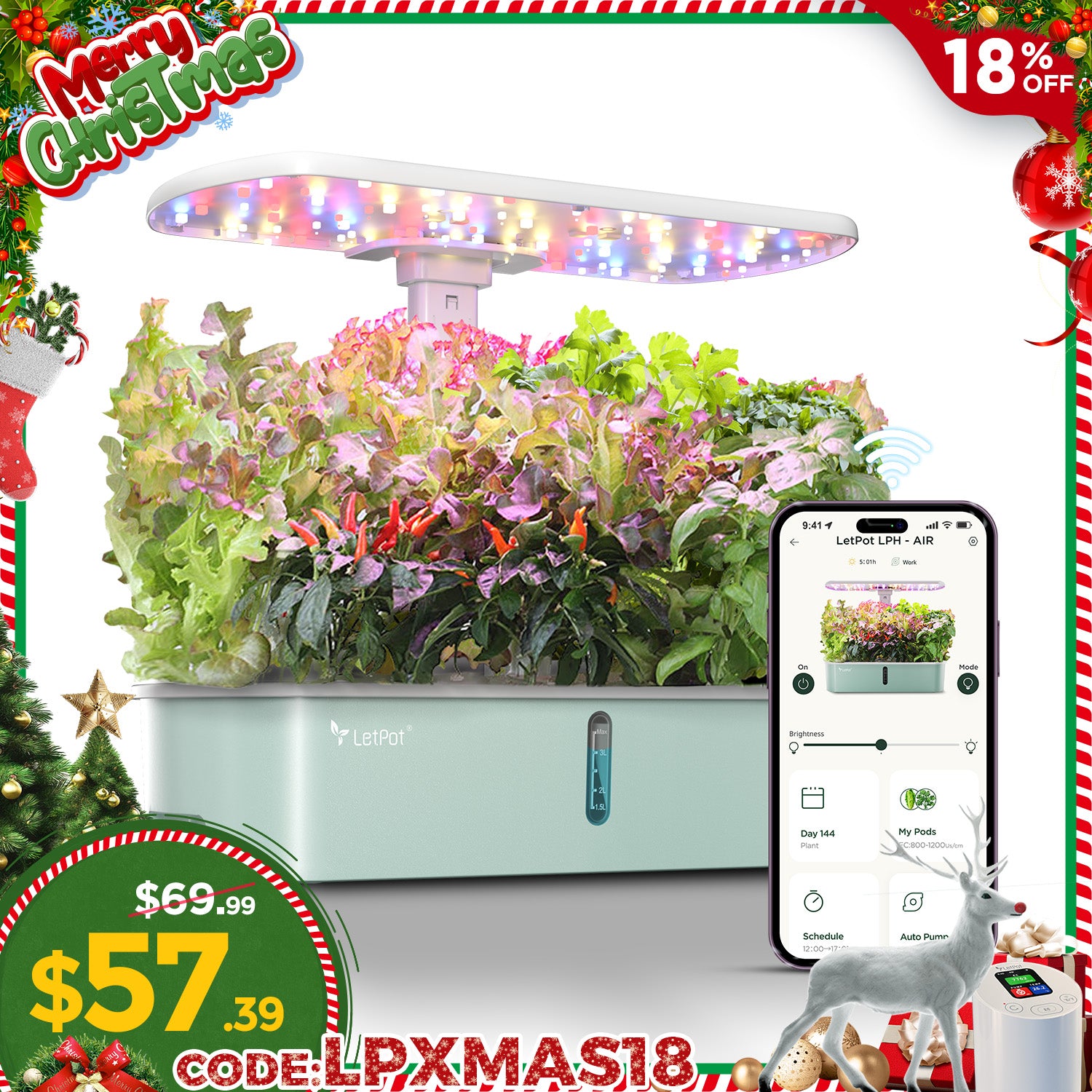
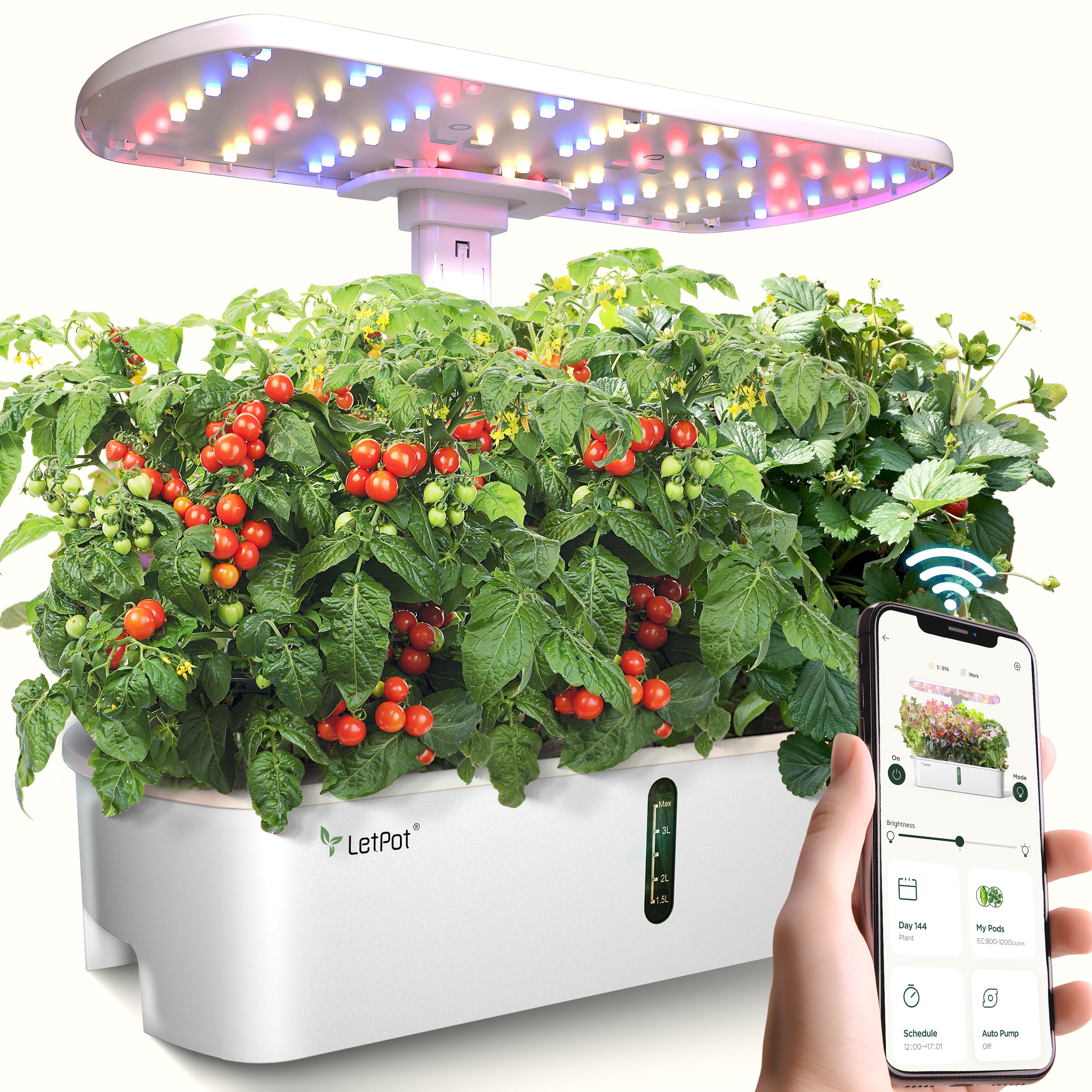
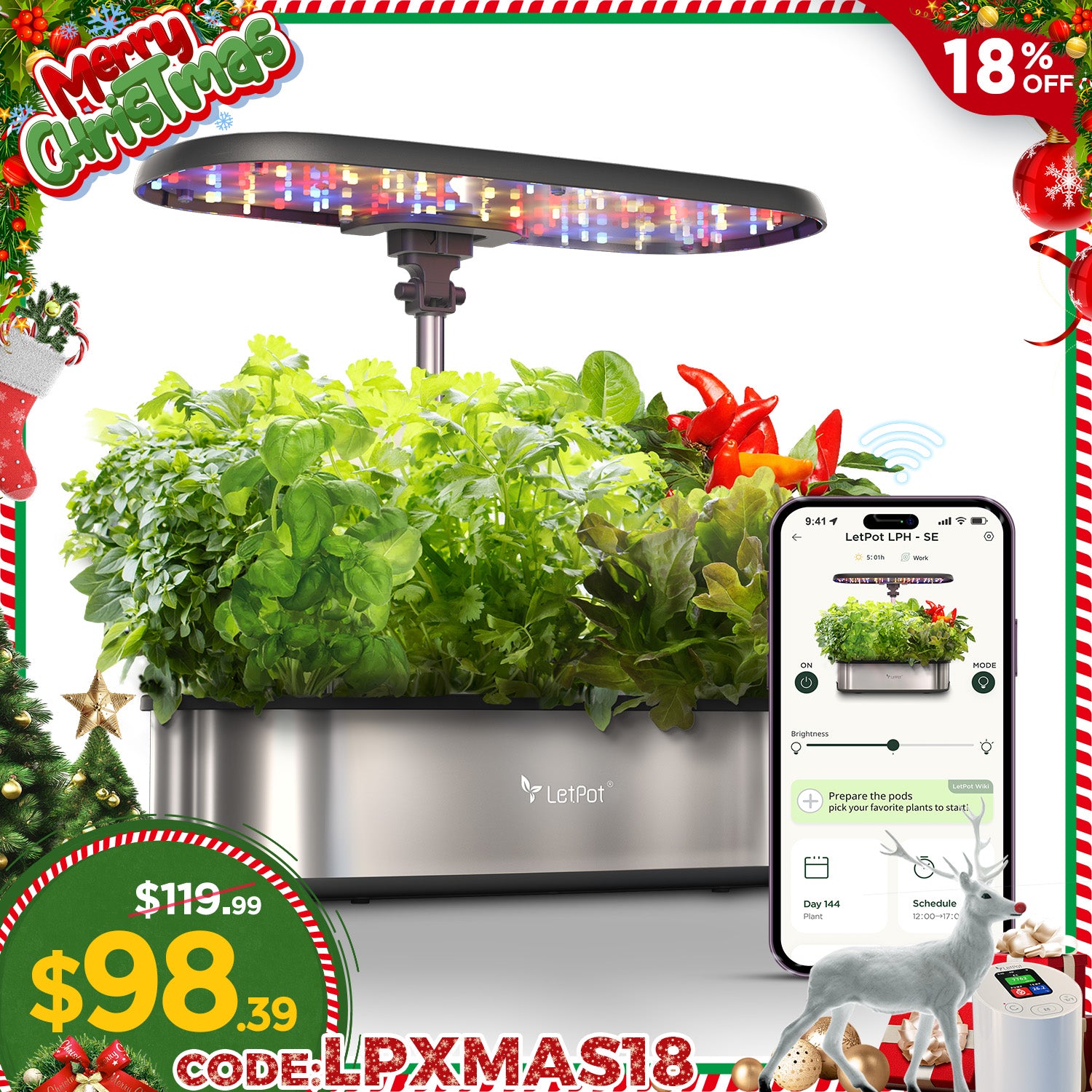
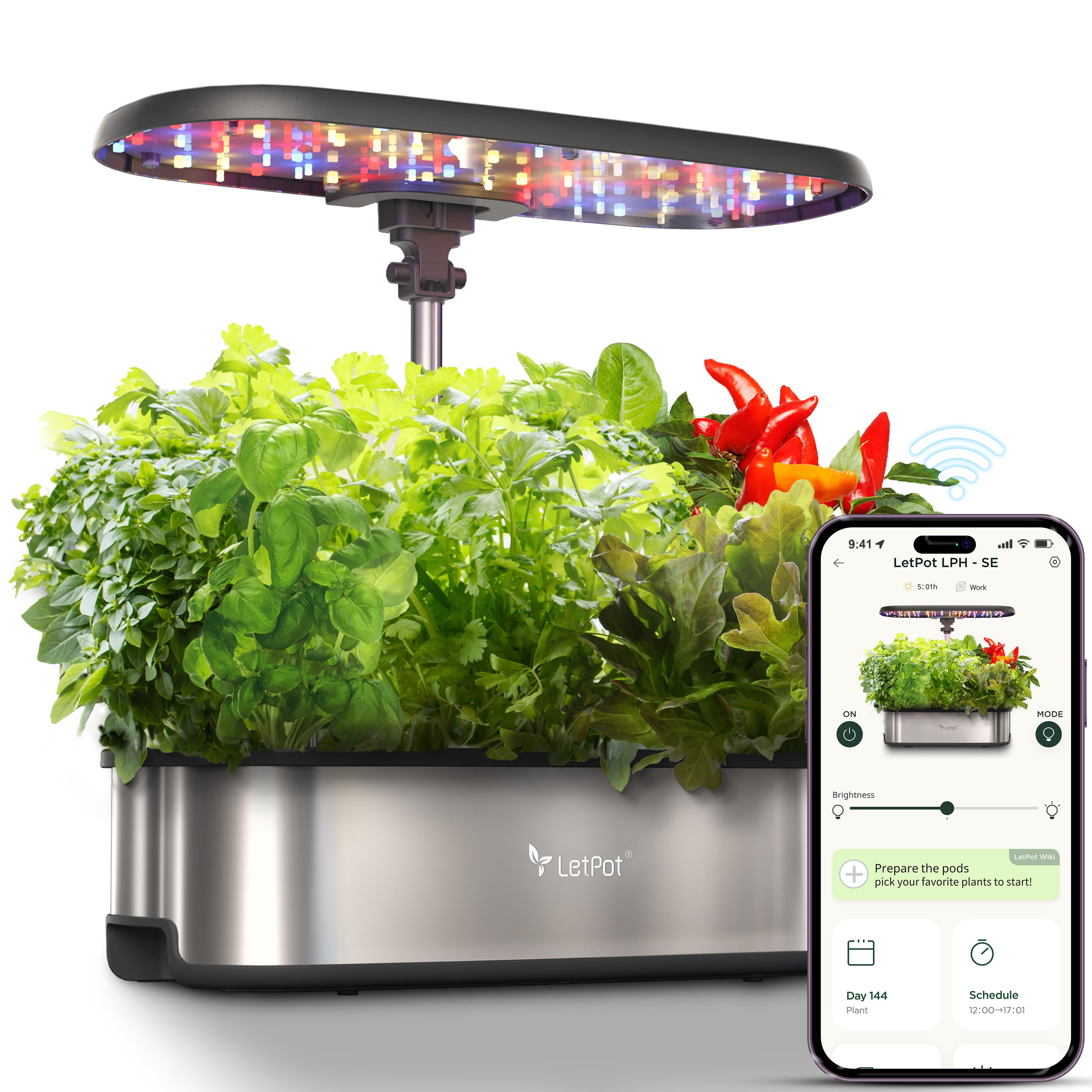
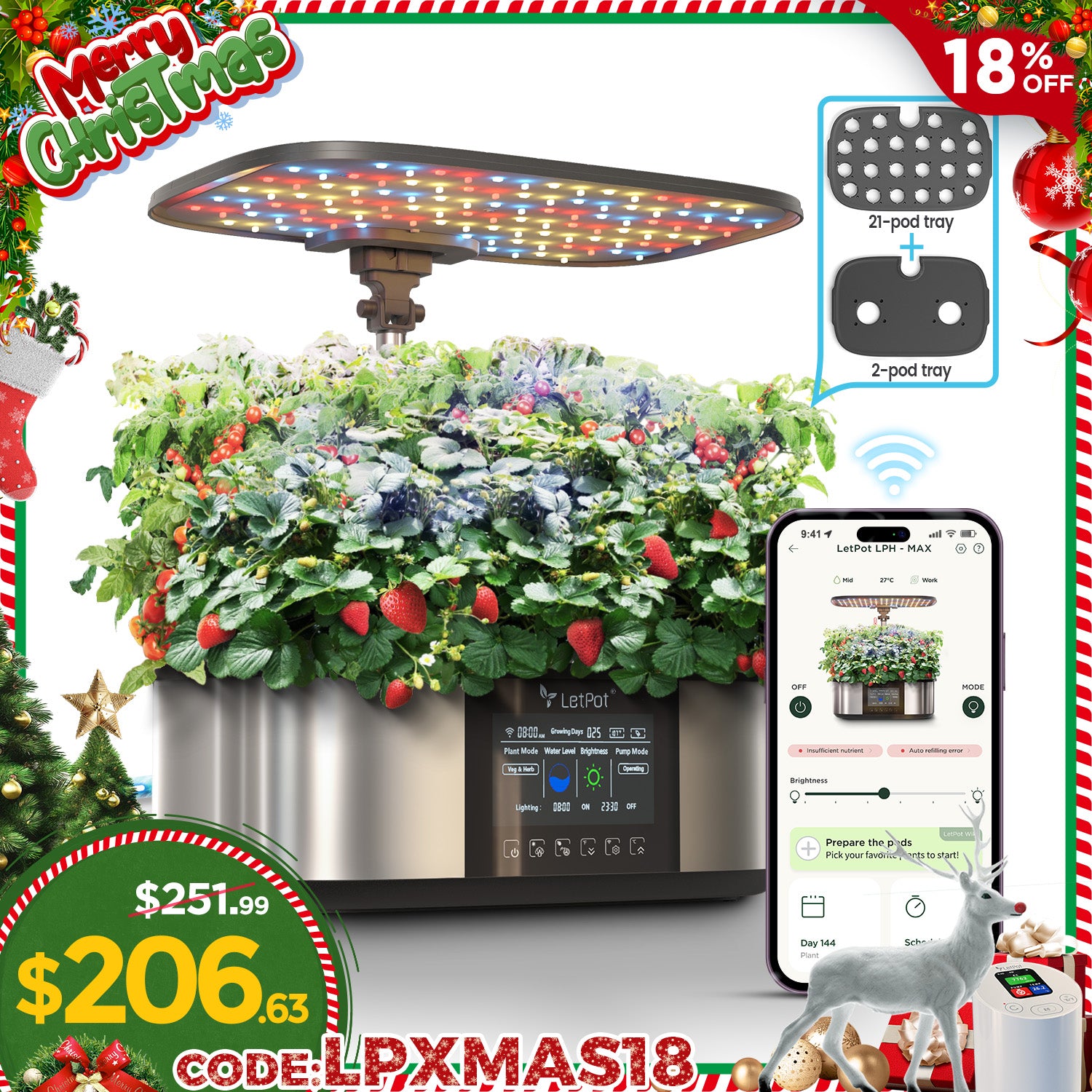
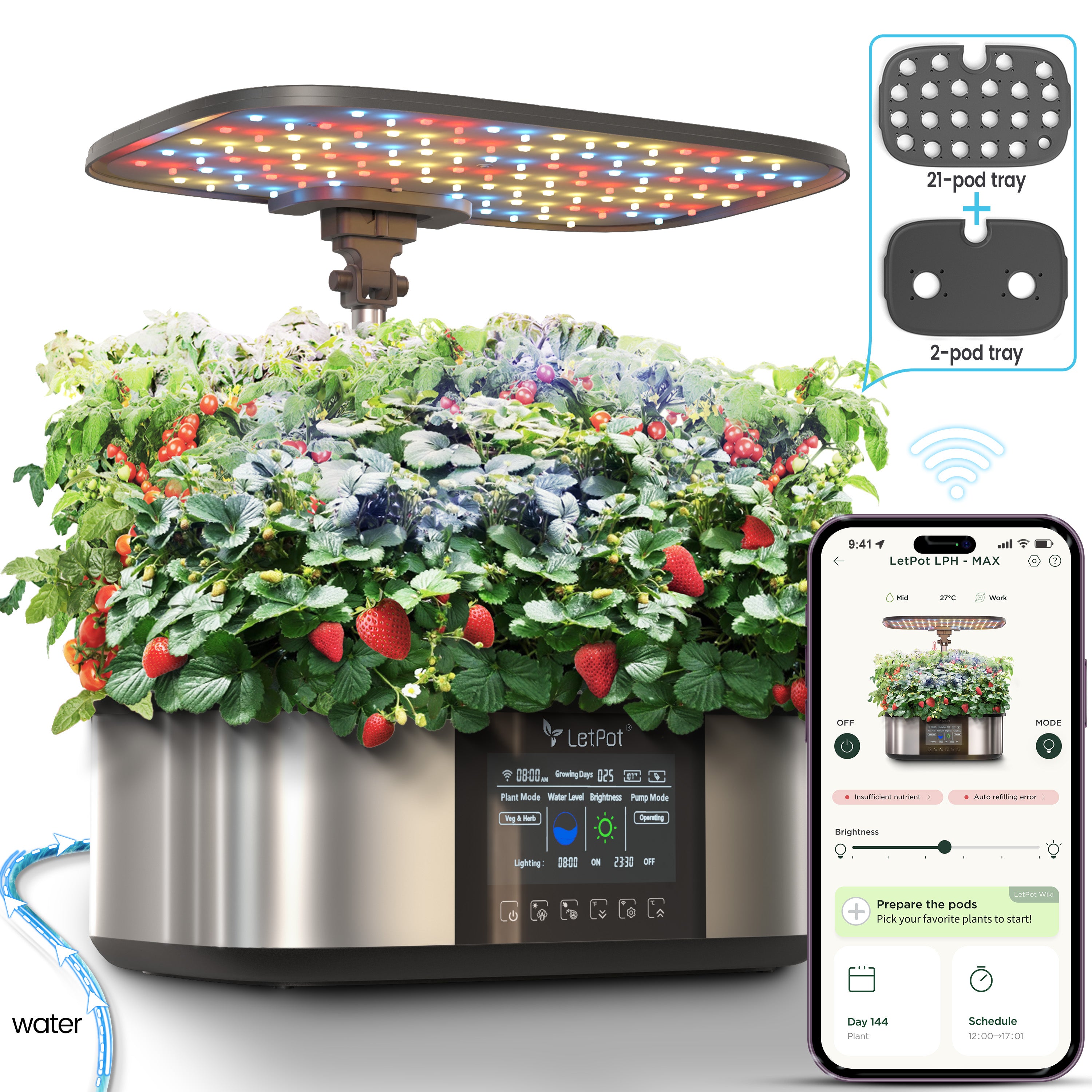
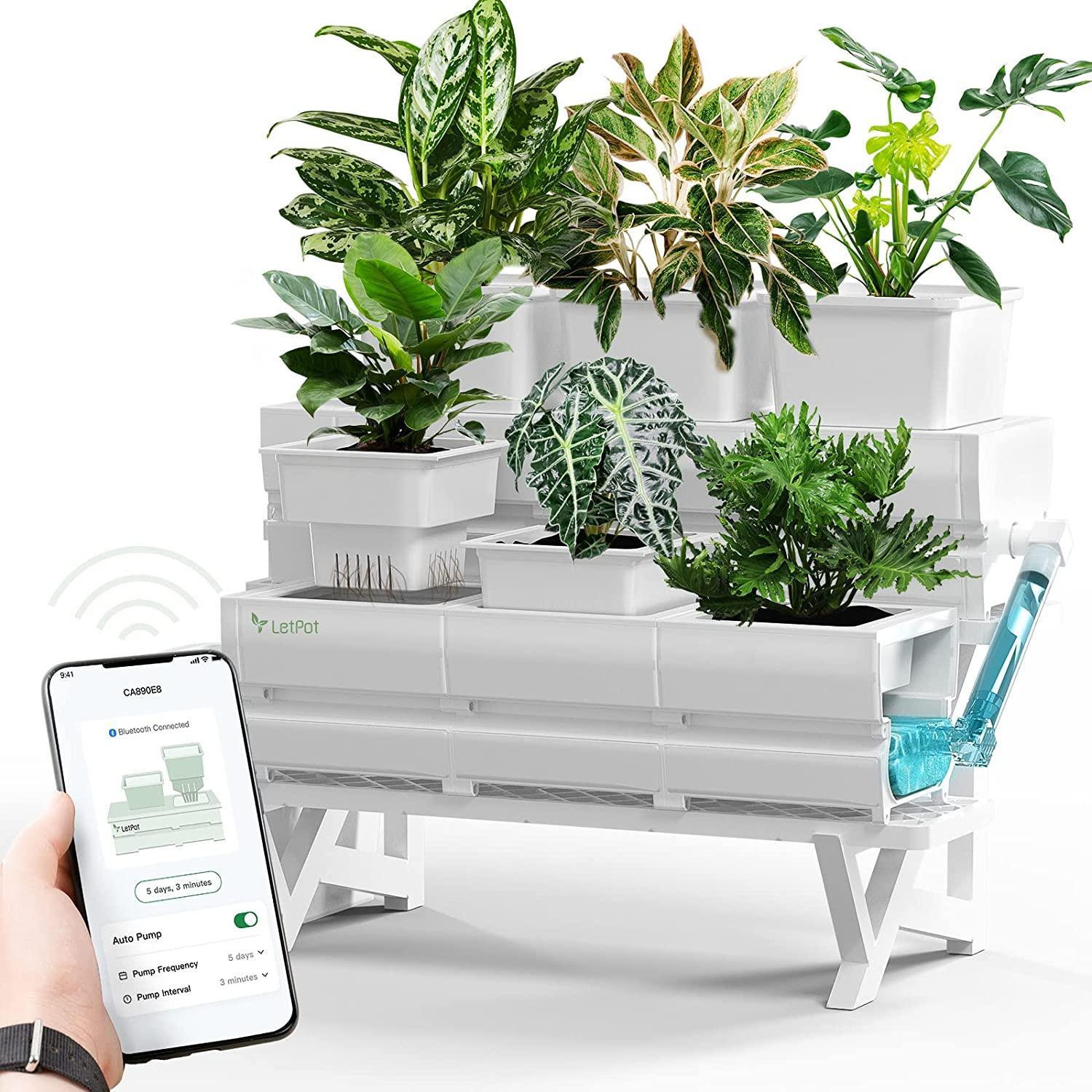
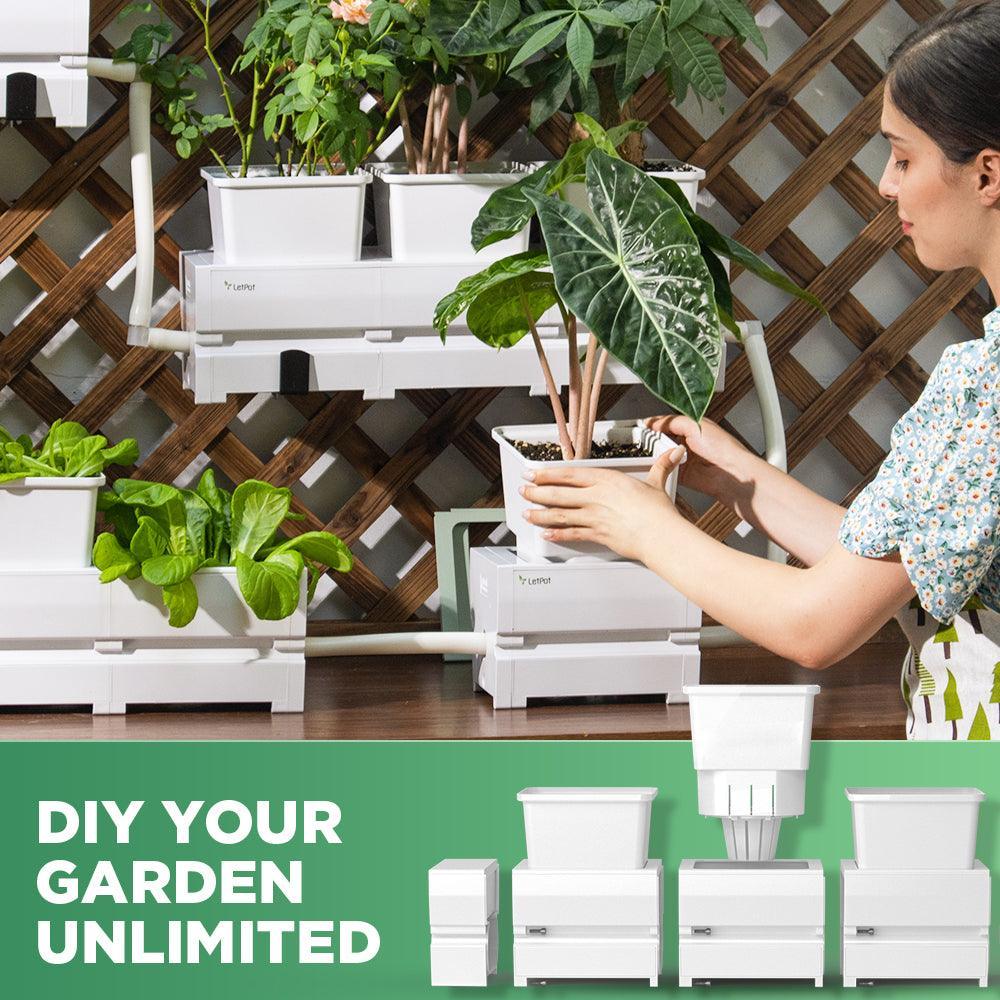

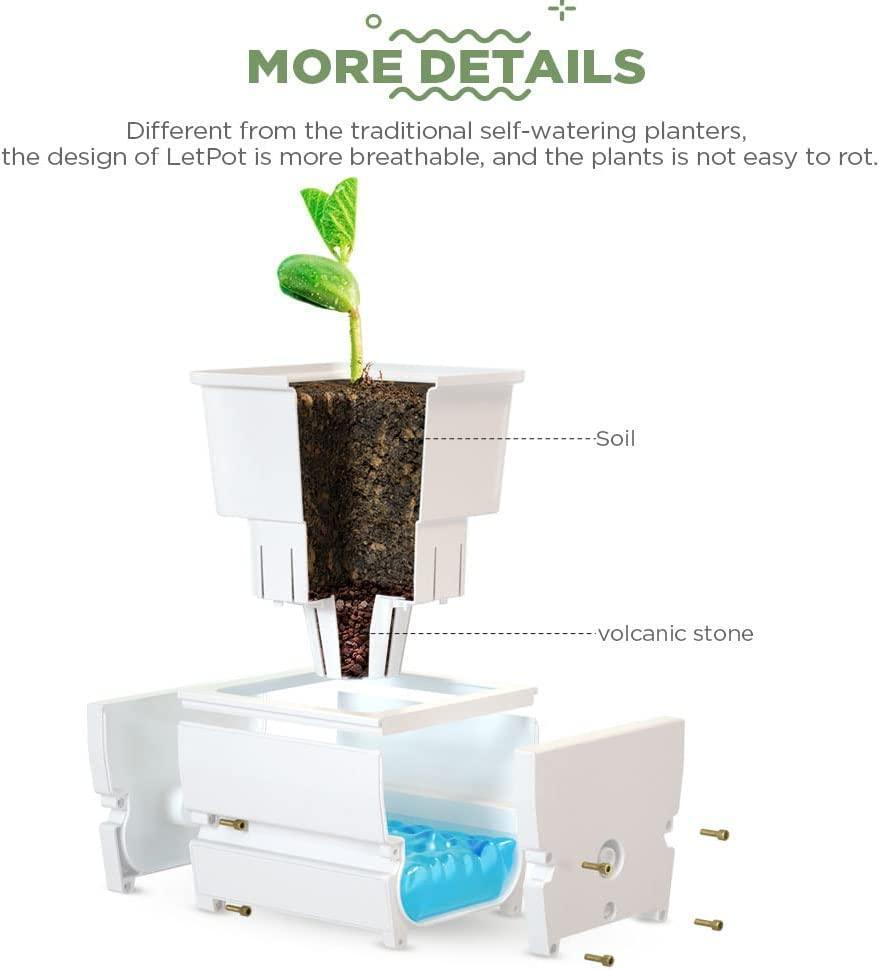
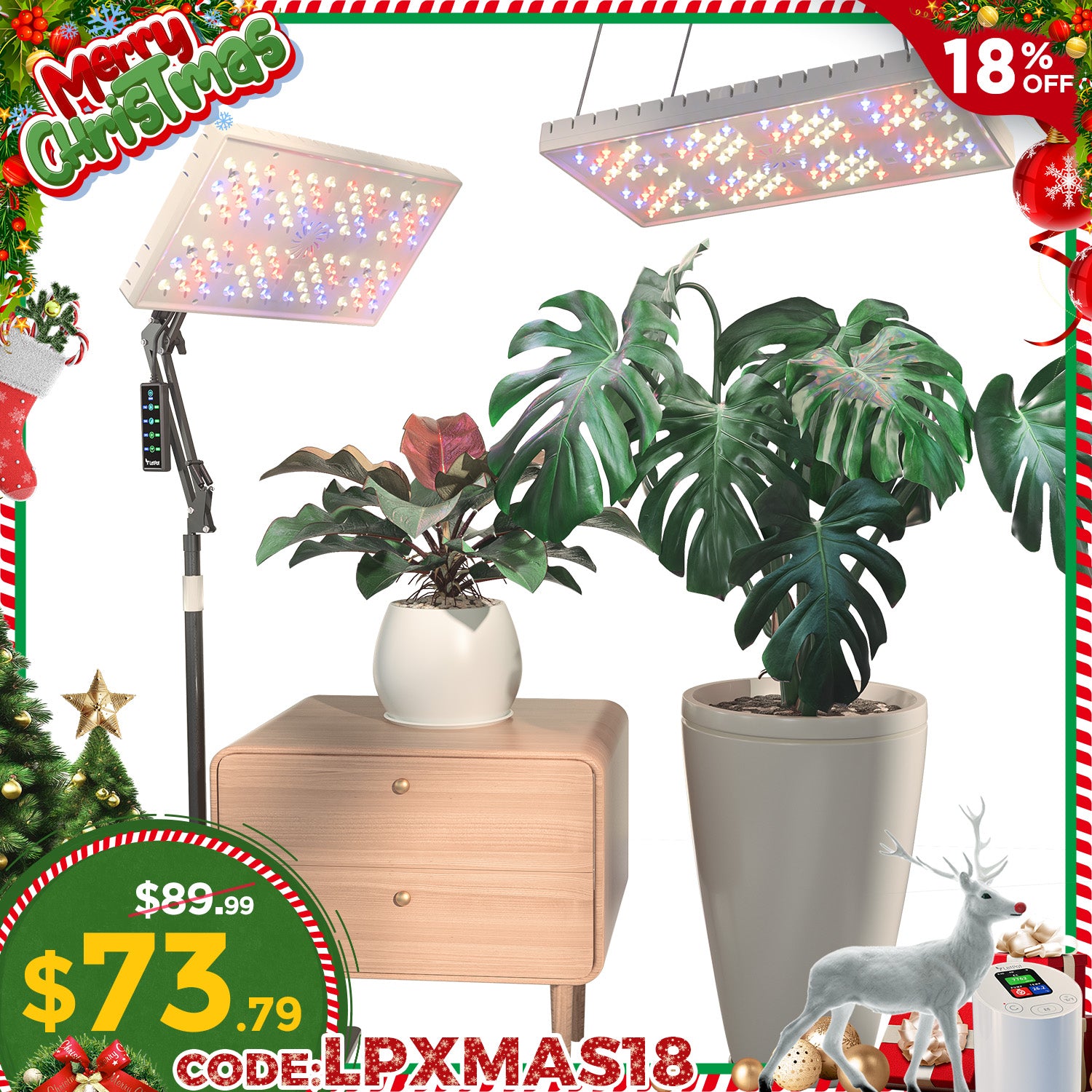
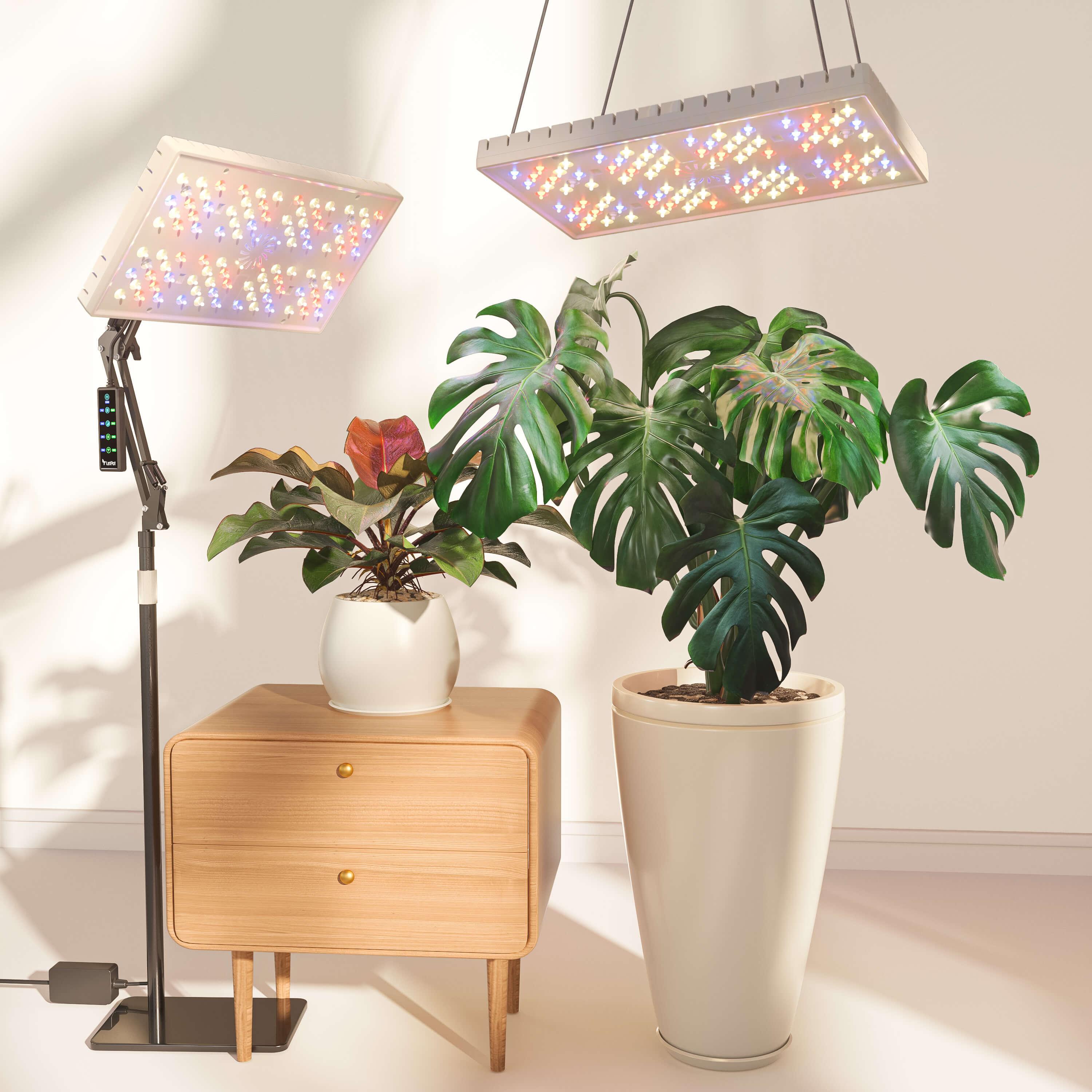
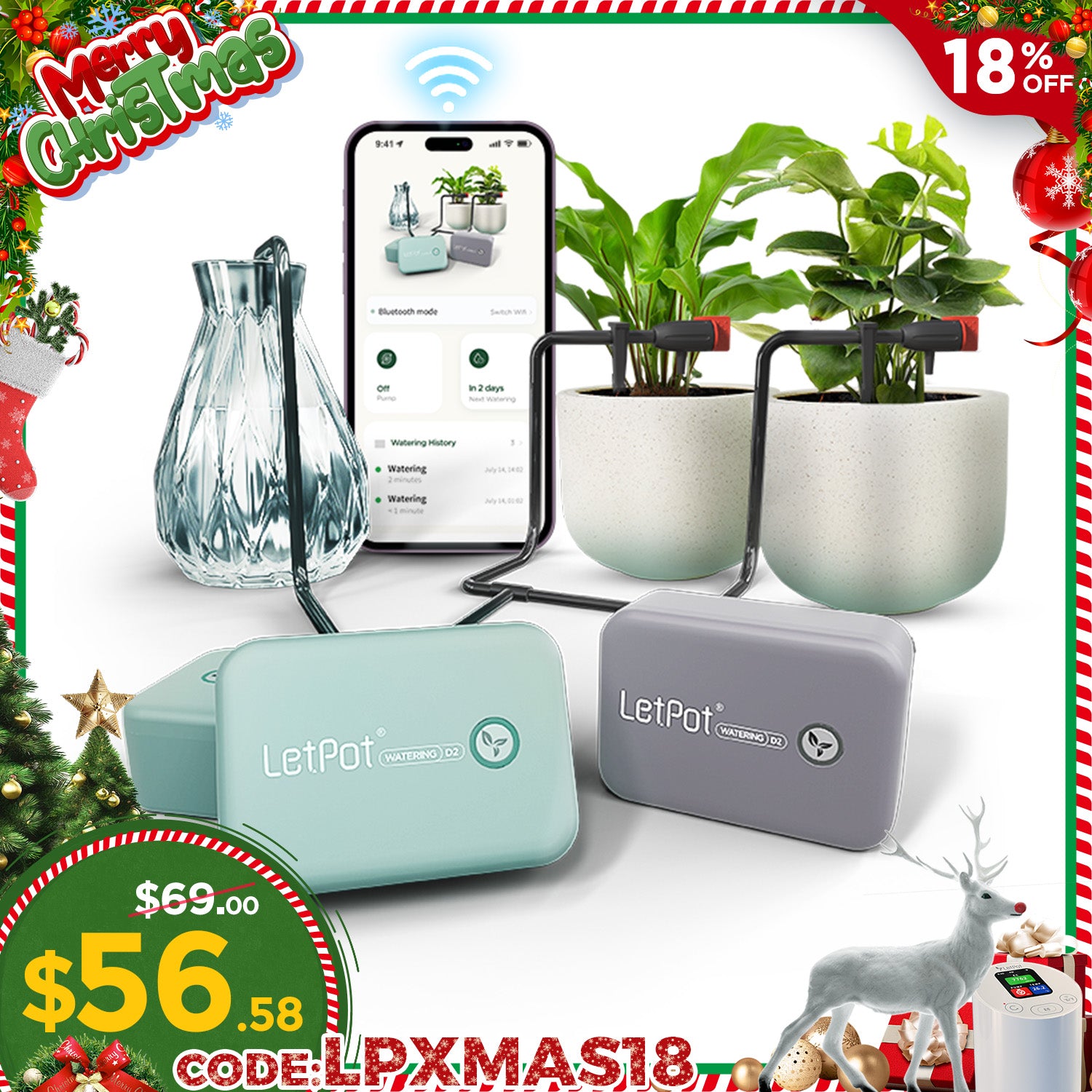
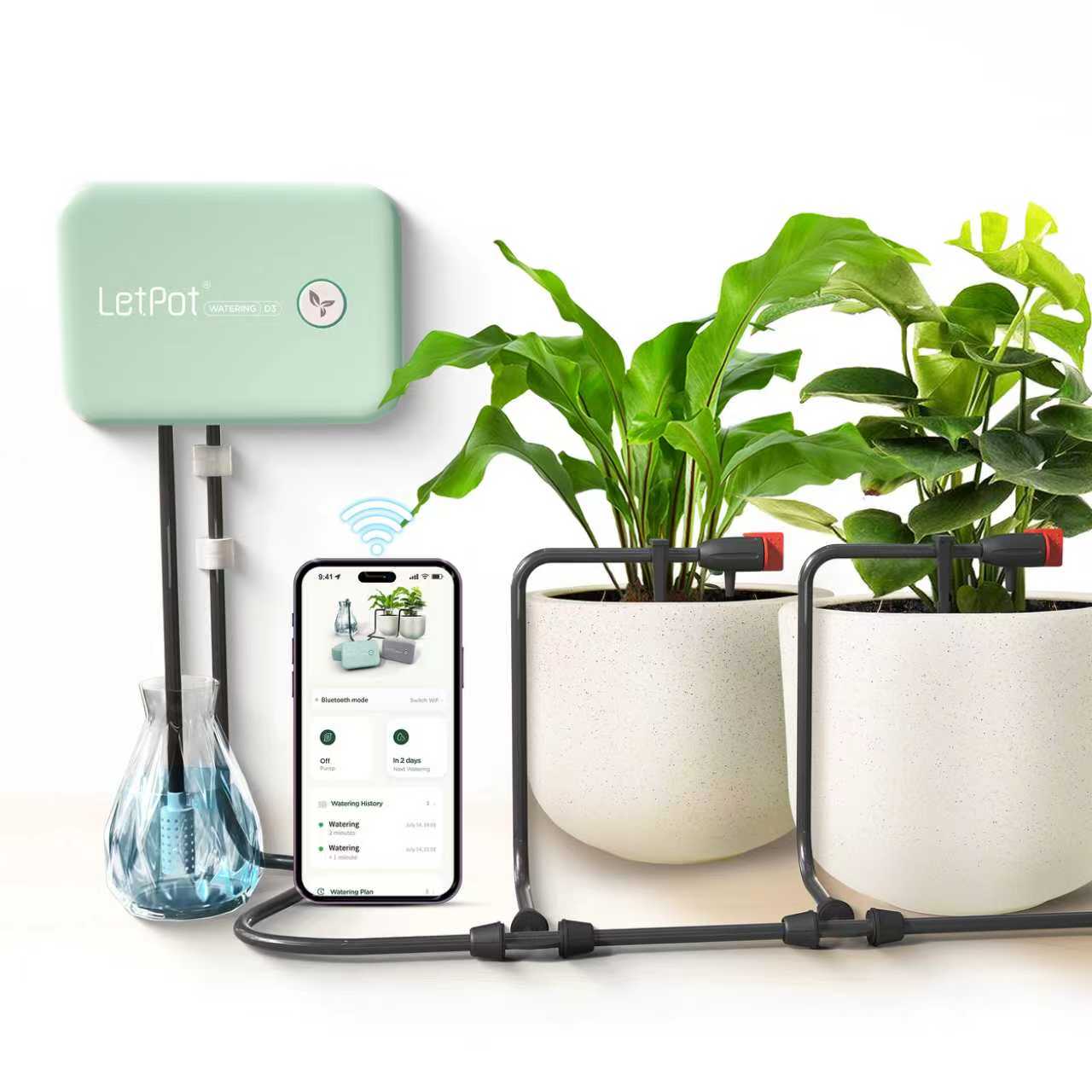

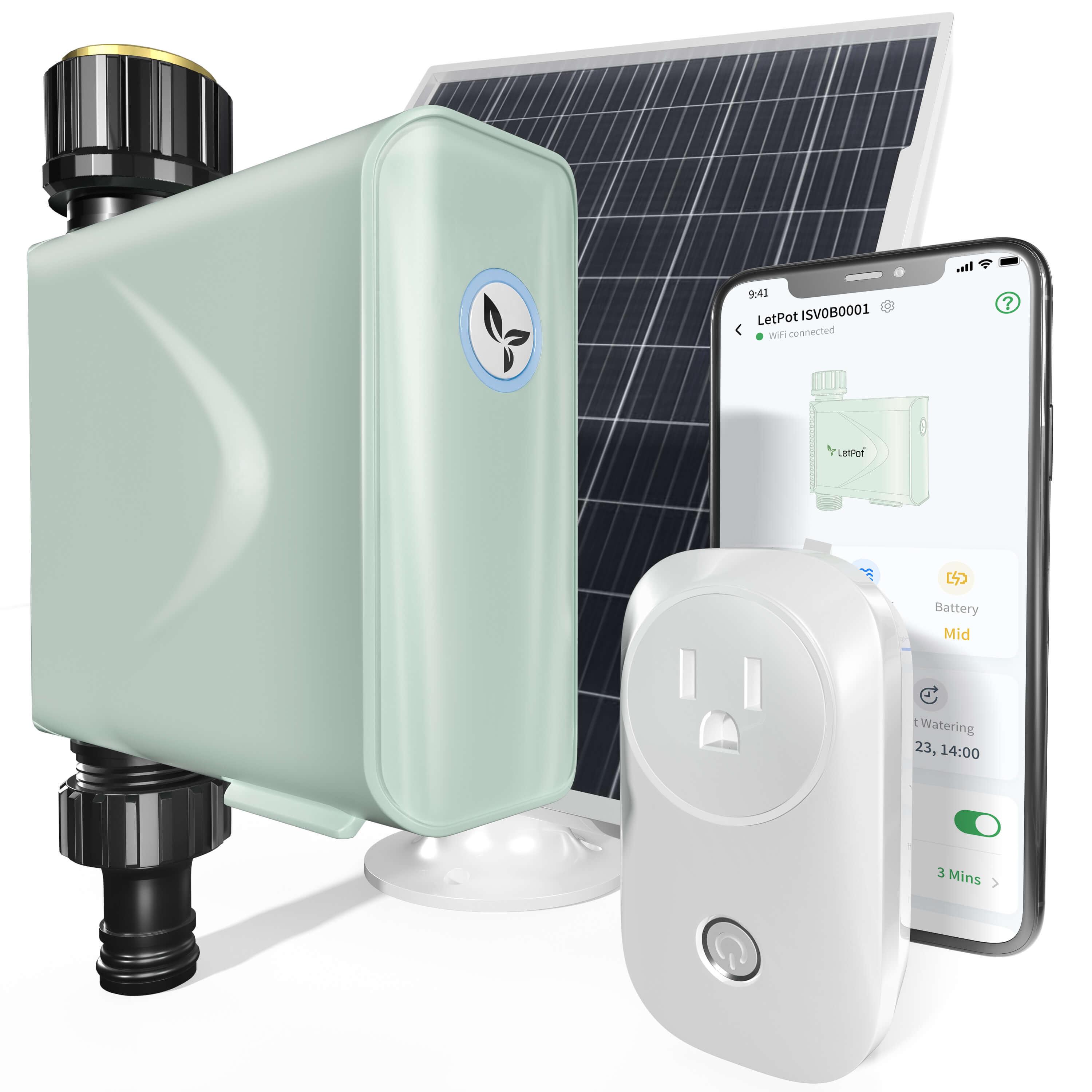

Leave a comment
All comments are moderated before being published.
This site is protected by hCaptcha and the hCaptcha Privacy Policy and Terms of Service apply.